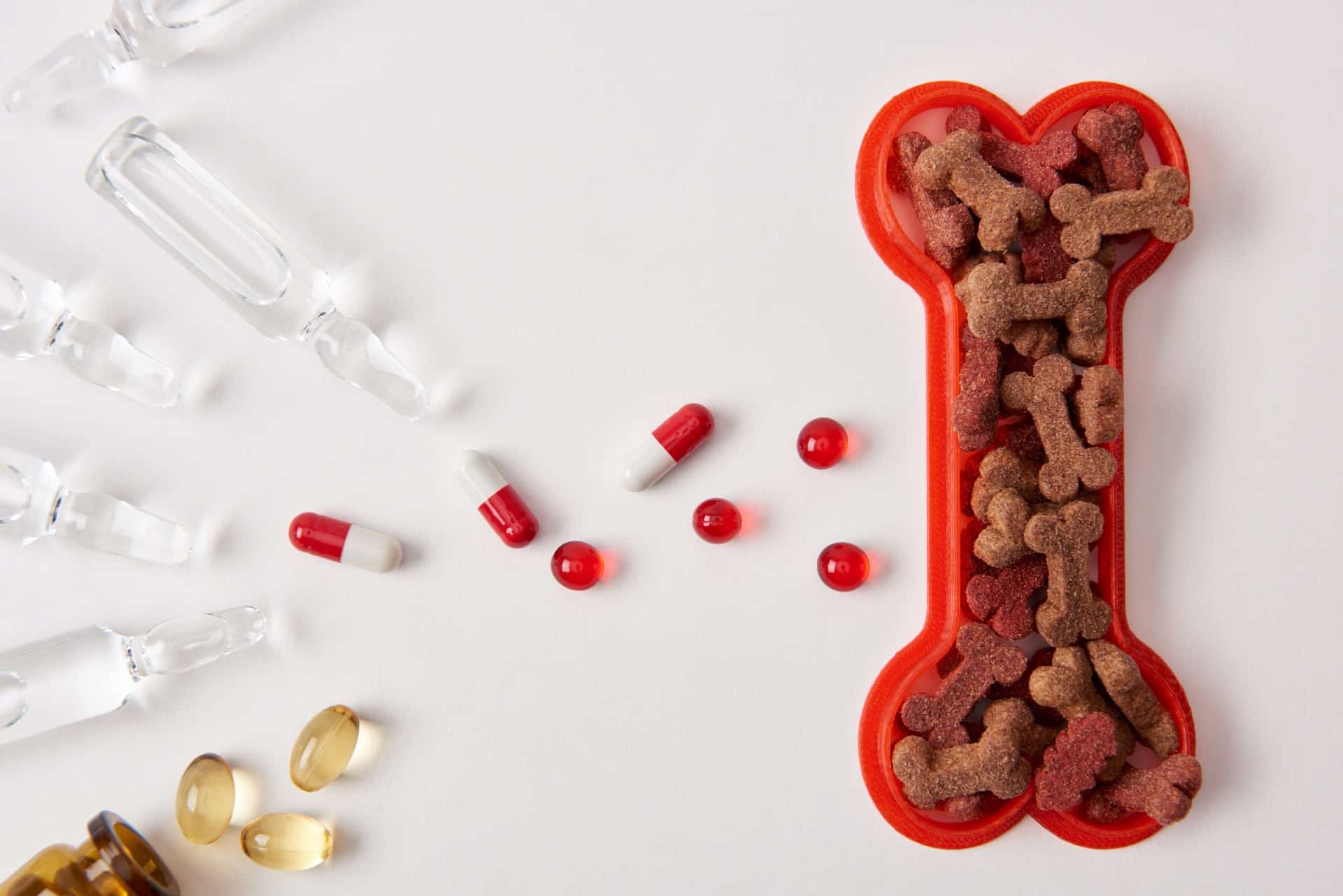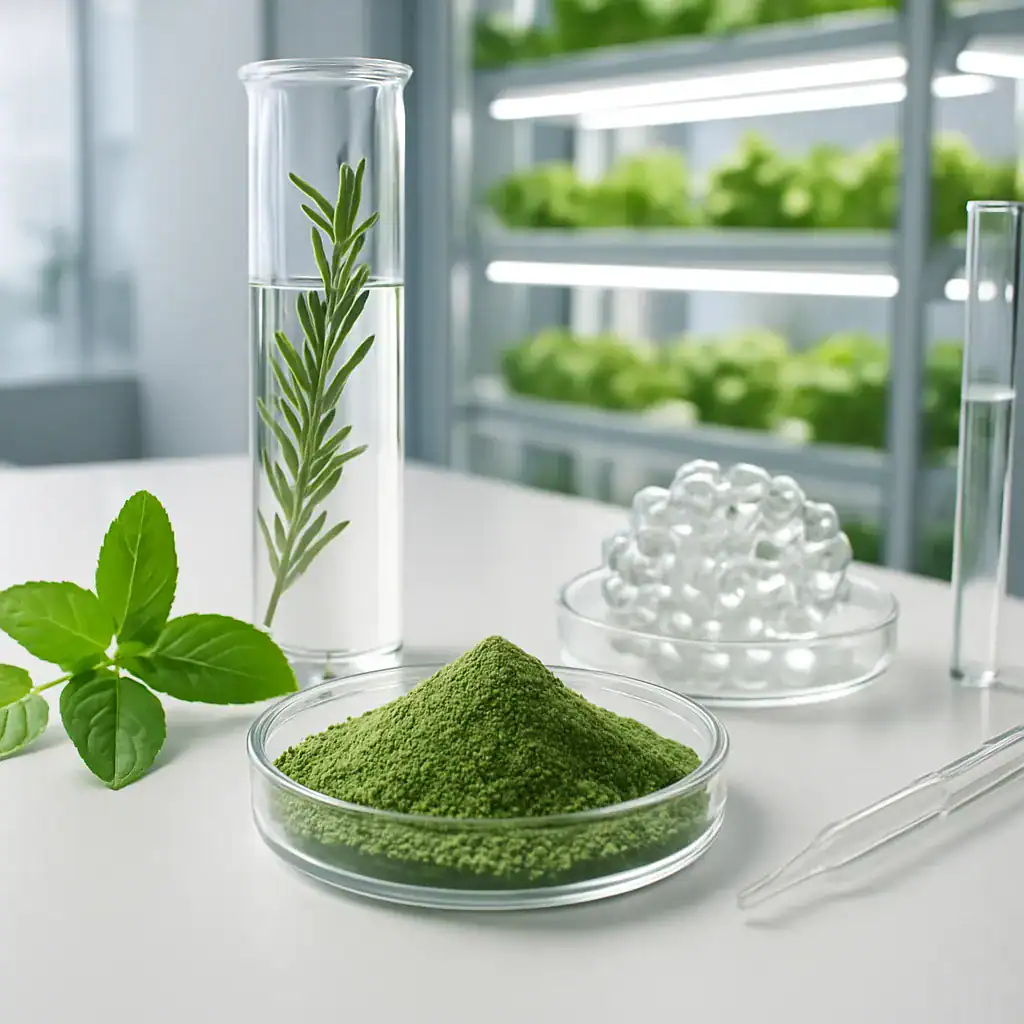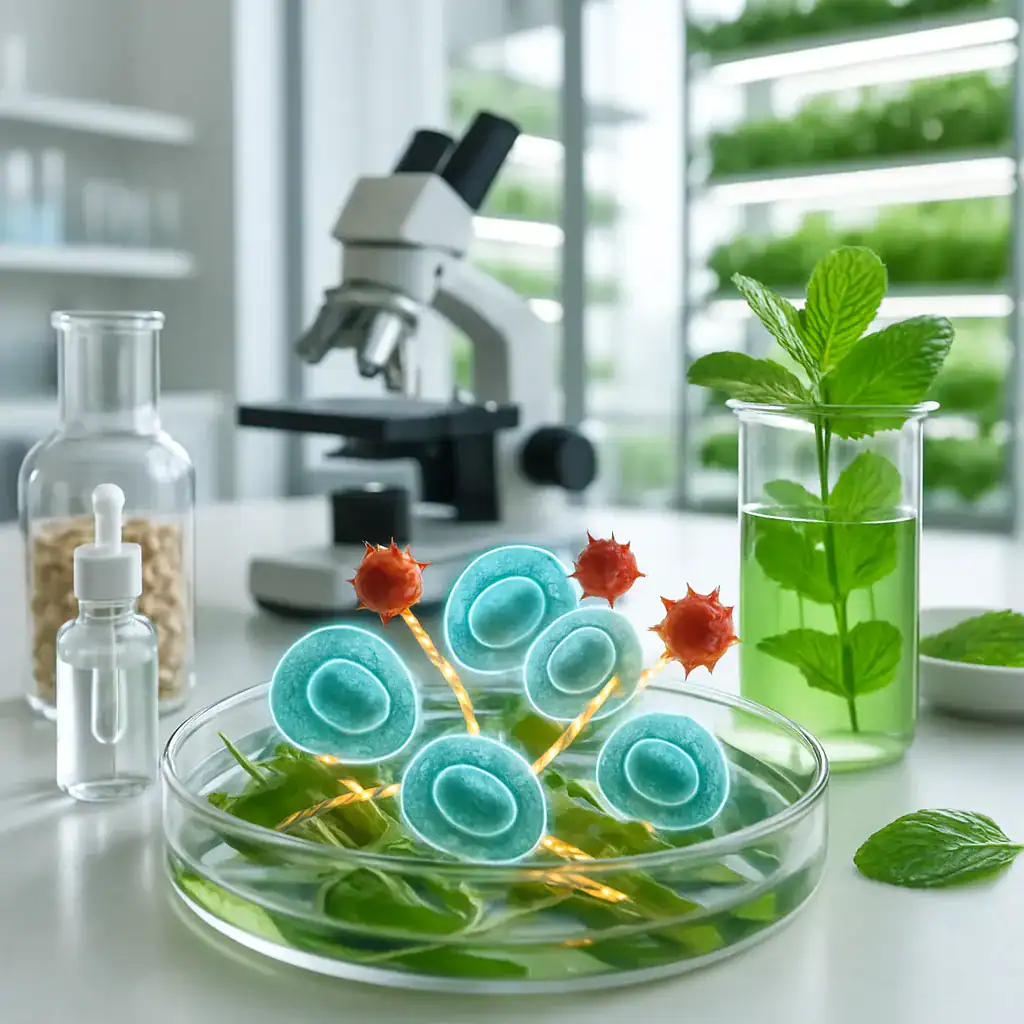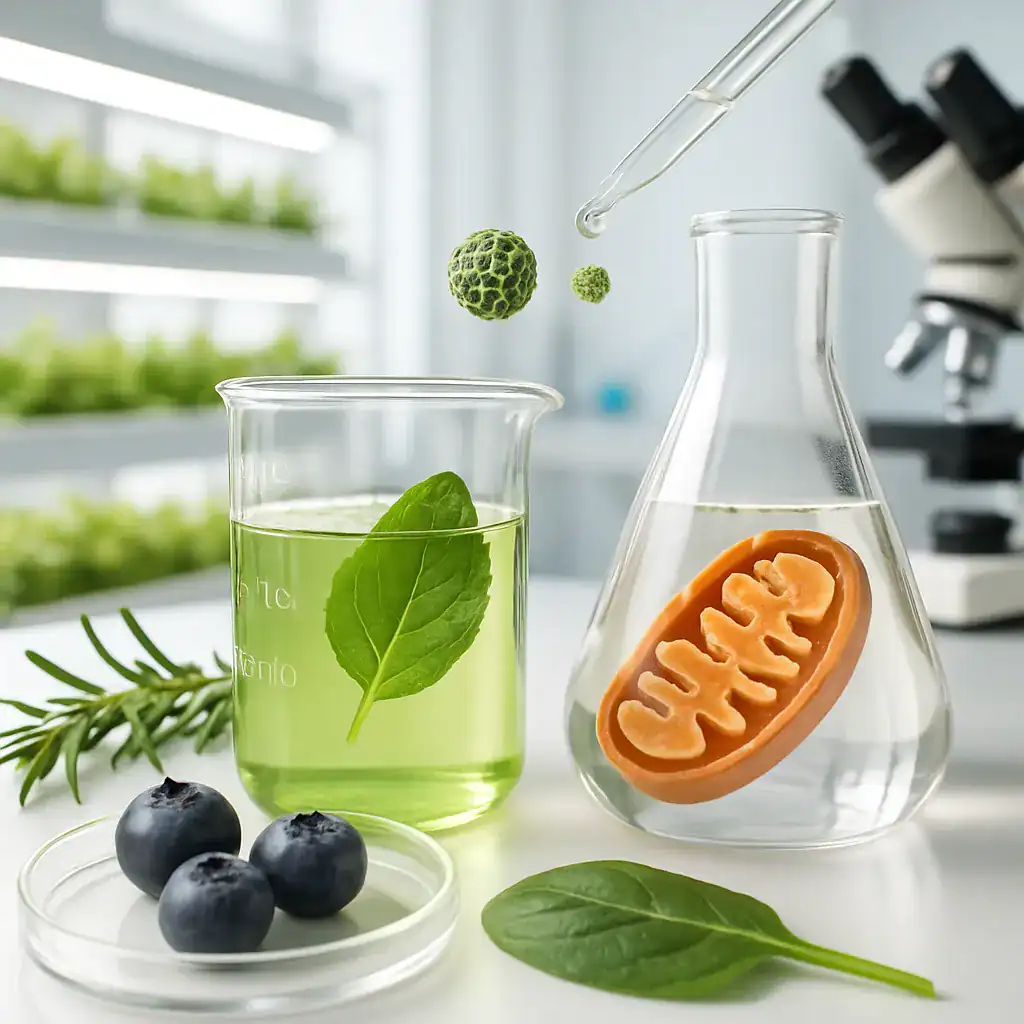SOD enzyme aging prevention — what is it and why does it matter?
Key idea: how SOD enzymes guard health against cellular damage
Section overview explains that oxidative stress is a key driver of ageing and disease, and that SOD activity supports the body’s natural defences. SOD is an antioxidant defence enzyme that converts superoxide radicals into hydrogen peroxide, which is further detoxified by other enzymes. This rapid scavenging reduces reactive oxygen species and helps protect DNA damage and lipid membranes from lipid peroxidation. Understanding these processes shows why ageing and chronic conditions worsen when oxidative stress rises. The CuZn-SOD family, including CuZn-SOD, operates mainly in the cytosol to guard tissues such as blood vessel walls and endothelial cells from oxidative injury. By supporting SOD activity through balanced nutrition and trusted nutraceuticals, you may reduce oxidative burden and promote long-term vitality and skin health.
On a day-to-day level, supporting SOD and the body’s antioxidant systems can influence both physical and mental well-being. Improved cellular protection may translate to healthier skin, greater resilience to UV-related damage, and more stable cardiovascular function. You might notice more energy, sharper focus, and better sleep as oxidative damage to neural pathways decreases. While ageing is natural, maintaining robust antioxidant defences helps you stay active longer and supports cognitive clarity in later years. Dietary choices, lifestyle, and safe nutraceuticals that support SOD activity can be practical steps toward healthier ageing and preserved quality of life.
Our Key Areas of Expertise




In-Depth: SOD Enzymes and Aging Prevention in Production and Health Outcomes
Biochemical mechanisms of SOD in aging
At the biochemical level, SOD enzymes convert superoxide radicals to hydrogen peroxide, initiating a cascade where glutathione peroxidase and catalase complete detoxification. This coordination reduces lipid peroxides accumulation in membranes, preserving mitochondrial integrity and limiting cellular oxidative stress. In aging and disease, the efficiency of this network influences DNA repair enzyme systems, gene expression, and overall cellular resilience. Researchers also study SOD mimetics as tools to replicate native activity in contexts where production or stability is limiting. By mapping these pathways, brands can target formulations that support endogenous antioxidant defence and maintain homeostasis in vascular and neural tissues.
From production to formulation: delivering the antioxidant power
Quality sourcing and processing shape SOD activity retention in finished products. For nutraceuticals and biomedical devices, delivery platforms such as liposomal superoxide dismutase can shield the enzyme and improve stability across formulation matrices. Other strategies seek to optimize movements across cellular interfaces and tissues, including consideration of the endoplasmic reticulum and mitochondrial membranes. The field is exploring practical options such as oral routes and advanced carriers that extend plasma half-life. In addition, exosome-mediated delivery concepts offer a path to protect enzymes from degradation and enable targeted uptake, aligning with PhNóva’s Exosomes-Nutra initiative. Vendors also investigate conjugation chemistries and other carriers to balance activity with manufacturability and cost.
Health outcomes: skin, cardiovascular health, and cognitive resilience
Translating enzyme activity into real-world health requires linking SOD function to tissue health. In the skin, antioxidant defenses contribute to collagen production and extracellular matrix stability, affecting elasticity and aging. In the cardiovascular system, better control of reactive oxygen species supports endothelial function and may reduce inflammatory cascades associated with hypertension and atherosclerosis. Across the brain and peripheral nerves, reduced oxidative damage supports hippocampal energy metabolism and cognitive resilience. Across these domains, the interplay between SOD activity, mitochondrial energy production pathways, and DNA repair enzyme systems shapes long-term outcomes such as functional independence and quality of life. In research contexts, studies also examine associations with neurodegenerative diseases and inflammatory diseases, illustrating the broad relevance of SOD-related strategies.
Delivery strategies and future directions
Looking ahead, formulations will need to balance practicality with efficacy. The rise of exosome-based bio-delivery and other nanocarriers offers targeted bioavailability for functional foods and therapeutics. Researchers continue to examine how SOD activity can be integrated with dietary patterns, vertical farming botanics, and clean-label processes to support healthy aging. The interplay with poly(ADP-ribose) polymerase and ROS/ERK1/2 signaling provides avenues to modulate inflammatory signaling while protecting tissue health. While achievements in plant-derived antioxidants are promising, robust clinical trials remain essential to demonstrate benefits across populations and disease states such as diabetic nephropathy, cardiovascular disorders, and lipid peroxidation balance. For producers, aligning with regulatory expectations and ensuring traceable sourcing will be critical to delivering consistent outcomes.
Implications for PhNóva: aligning with Exosomes Nutra and vertical farming
PhNóva’s focus on Exosomes Nutra and vertical farming botanics positions the SOD enzyme aging prevention approach within scalable production and consumer-ready products. By leveraging liposomal superoxide dismutase and exosome delivery strategies, the company can improve bioavailability, reduce degradation, and tailor efficacy for skin health and cardiovascular support. Integrating these strategies with rigorous clinical validation and quality controls will support product claims and consumer trust. The roadmap includes harmonizing raw material sourcing from sustainable vertical farming, robust production processes, and transparent clinical evidence to demonstrate benefits across oxidative stress, lipid peroxides, and DNA repair enzyme systems.
- Regulatory compliance considerations for novel delivery platforms
- Quality control metrics for SOD activity and stability
- Cross-functional alignment across R&D, manufacturing, and marketing
| Delivery method | Benefit | Considerations |
|---|---|---|
| Oral delivery | Convenience and accessibility | Bioavailability challenges |
| Liposomal delivery | Improved stability | Formulation complexity and cost |
| Exosome-mediated delivery | Targeted uptake | Regulatory considerations and scalability |
R&D Consultancy
Discover how PhNóva’s R&D Consultancy can help transform your idea into a market-ready solution — with expert support in formulation, regulatory compliance, and innovative delivery systems to give your product a competitive edge.
FAQ's about SOD enzyme aging prevention — what is it and why does it matter?
What is SOD enzyme aging prevention and why is it important for health?
SOD enzyme aging prevention refers to supporting the body’s natural antioxidant defence by SOD enzyme aging prevention activity that converts harmful superoxide radicals into hydrogen peroxide, enabling detoxification by downstream enzymes such as glutathione peroxidase and catalase. This coordinated action reduces reactive oxygen species and protects DNA, lipid membranes, and mitochondrial function from oxidative damage. By sustaining SOD activity through balanced nutrition and evidence-based nutraceuticals, you may promote long-term vitality, skin health, and cardiovascular resilience. These concepts underpin strategies in preventative medicine and aging research, including tissue-specific protection and modulation of inflammatory pathways.
Which delivery methods best support SOD activity for aging prevention, and how do oral delivery, liposomal SOD, and exosome-mediated delivery compare?
Delivery effectiveness depends on stability, tissue targeting, and practicality. liposomal SOD formulations can shield the enzyme and improve stability in complex matrices, while exosome-mediated delivery concepts aim for targeted uptake and reduced degradation. Oral delivery remains convenient but faces bioavailability challenges that researchers are addressing with protective carriers. For sustained plasma exposure, researchers are exploring carriers that extend plasma half-life and compatibility with functional foods and nutraceuticals, aligning with modern nanodelivery strategies.
Can SOD activity influence skin aging and collagen production?
SOD activity contributes to skin health by reducing oxidative damage to extracellular matrix components and supporting collagen production, which helps preserve elasticity. By scavenging reactive oxygen species in dermal and subdermal layers, SOD helps maintain barrier function and smoother skin tone. In topical skincare and nutraceutical formulations, this antioxidant defense can translate to improved resistance to UV-related damage and slower visible aging. Together with other antioxidants, SOD activity forms part of a comprehensive strategy for healthier, more resilient skin.
Are there clinical trials showing benefits of SOD enzymes for aging or cognitive resilience?
Evidence from diverse models supports SOD-related strategies, with human trials growing in areas such as inflammatory conditions and skin health. Preclinical work in models like Caenorhabditis elegans helps map aging pathways and stress resistance, informing dose and delivery approaches. While more comprehensive clinical trials are needed to confirm cognitive benefits, current data point to improved antioxidant defence and reduced oxidative damage in tissues, bolstering the rationale for SOD-based interventions as part of aging prevention strategies.
How do SOD mimetics compare to native SOD in terms of aging prevention?
SOD mimetics are designed to imitate native enzyme activity, offering advantages in stability, cost, and tissue access where natural SOD faces production or stability limits. While mimetics can activate similar antioxidant pathways and mitigate oxidative stress, their performance depends on pharmacokinetics and specificity. For aging prevention, work comparing mimetics with CuZn-SOD emphasizes complementary roles rather than direct substitution, guiding product development toward formulations that balance activity, safety, and manufacturability. SOD mimetics
Which lifestyle or nutritional strategies support endogenous SOD activity?
Practical strategies include balanced nutrition rich in minerals like copper and zinc to support Cu/Zn-SOD, antioxidant-rich foods, and lifestyle patterns that reduce oxidative load. Supporting endogenous defence also involves maintaining glutathione levels and the activity of glutathione peroxidase. Regular exercise and sun protection help minimize oxidative stress and lipid peroxidation, while avoiding chronic heavy metal exposure supports enzyme efficiency. These approaches align with evidence-based nutraceuticals designed to bolster your intrinsic antioxidant network.
What safety or regulatory considerations exist for novel SOD delivery platforms in nutraceuticals?
Novel delivery platforms such as liposomal and exosome-based carriers require rigorous safety evaluation, clear labeling, and target-specific claims. regulatory considerations frameworks emphasize consistency in SOD activity, traceable sourcing, and robust quality controls. Companies should pursue transparent clinical evidence and post-market surveillance to monitor adverse events. Collaboration with regulatory authorities can ensure that products provide credible antioxidant support while meeting food and medical device standards for consumer safety.
Get in Touch with PhNóva
Have questions or need expert guidance? Contact us today — our team is ready to assist you with tailored solutions for your formulations.

04/09/2025






